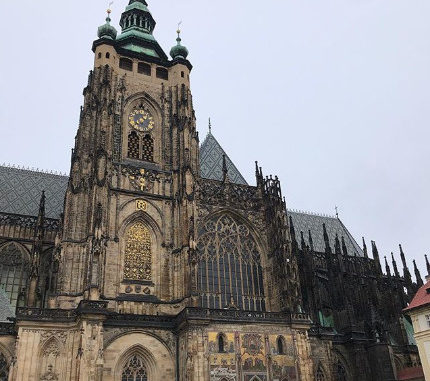
Nicknamed the ‘city of a thousand spires,’ just once glance over the 1100 year-old skyline of Czech Republic’s most beautiful city, Prague, makes you feel you have been transported into a magical realm.
The visual experience of Prague is unlike any other country in the world. Prague is undoubtedly the architectural gem of all of Europe and one of the very best in the world. Here is a list of points of interest in Prague.
Once the home of Bohemia’s Kings, the Prague Castle, is the world’s largest ancient Castle, and the official residence of the President of Czech Republic. Originally built around 970 AD as a walled fortress, over the years the castle has undergone dramatic changes. The castle is a fine example of various architectural styles of the last millennium. Within the walls of the castle, there are lots of tourist sites popular in Prague such as St. Vitus Cathedral, the Powder Tower, St. George’s Basilica, the Old Royal Palace, and also the Golden Lane.
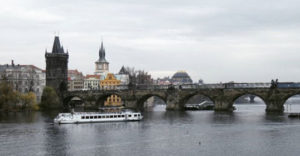
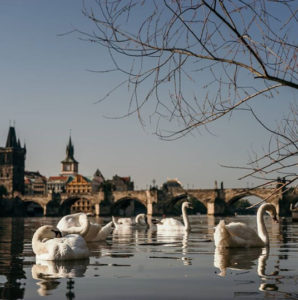
Charles Bridge
There are 32 unique interest points along the 520-mts span on the magnificent Charles Bridge. There are many superstitions regarding the bridge. It is said that the builders laid the initial stones at exactly 5.31 in the morning of 9th July 1357. It is believed that this exact set of numbers; 135797531 gave additional strength to the structure. There are many old and fine statues on the bridge including those of Charles IV, the Holy Roman Emperor and John of Nepomuk, the most revered Saint in the country. The spectacular view of the Vlata River is an added bonus.

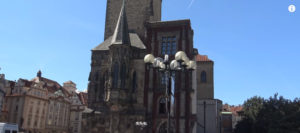

The Old Town Square
The Old Town Square is one of the best places where you can begin exploring Prague. The Tyn Church, the Clementium Church and a number of other old churches and splendid old architecture dating back to the 11th century is found here. There is also the Jewish Quarter, Josefov at a distance of a short walk towards North. The highlight of the Old Town Square is the Astronomical Clock of the 15th century. There is also a chapel built in the year 1381 and an old prison. Make Sure you go to the top of the Old Town Hall tower to get a good view of Prague.
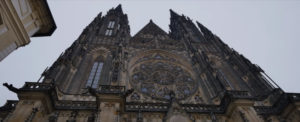
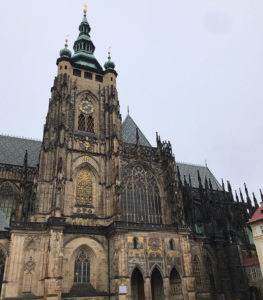
St. Vitus Cathedral
The St. Vitus Cathedral, within the grounds of the Prague Castle, is Czech Republic’s most important Christian Church. It is the seat of the Archbishop of Prague. Founded in 925 AD and started in 1344, the Cathedral is a blend of Modern, neo and 14th century Gothic styles because it took 525 years to complete construction. You can also see Boraque and Renaissance influences in its architecture.
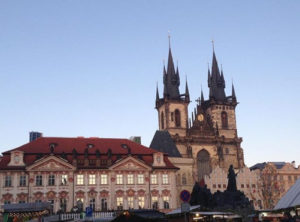
Tyn Church
The Tyn Church is one of Prague’s most recognizable buildings. It has twin 80 meters tall spires, which one cannot miss. The main entrance to the church is through a narrow passage. One has to pass the many houses that seem to obscure its facade. The construction was completed in the 15th century but over the centuries the church has been altered numerous times due to the changing allegiance of the city. The Ungelt courtyard of the 11th century, behind the church, should definitely be explored.
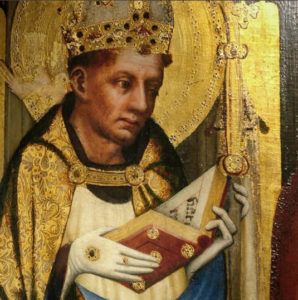
The National Gallery in Prague
The National Gallery in Prague features some of the most important artistic collections. The Veletrzní Palace houses the bulk of the collections. The main emphasis is given to the works of Czech artists; however you will also chance to see the works of Monet and Picasso. The Kinsky Palace in the National Gallery is home to Asian art, whereas at the Convent of St. Agnes of Bohemia, you can find European art of the middle ages. The splendid Sternberg Palace of the 17th century houses some of the most famous pieces of the gallery
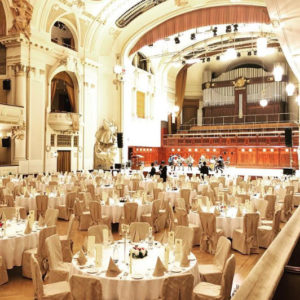

The Municipal House
The Municipal House is the greatest example of Art Nouveau in Prague. Built in the year 1912, this civic building is also the largest venue for concerts held in the city; the Smetana Hall. The building boasts of both, a splendid facade on the exterior with a large mural on its arch and impressive interiors.


The Petrín Lookout Tower
The Petrín Lookout Tower is a miniature replica of Paris’ Eiffel Tower and is 63 meters high. It is named after the hill on which it stands. It is only one fifth the size of its Parisian counterpart but offers a panoramic view of the whole city. Built for a major exhibition in 1891, by using railway tracks it was moved to Petrín Hill in 1931. It takes about 30 minutes to get to the top of the tower. You could also use the funicular before the mandatory 299 steps you need to get to the top.
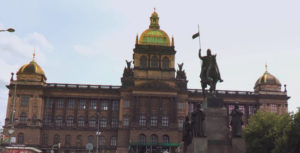
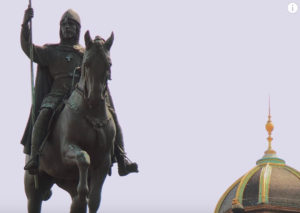
Wenceslas Square
The wonderful Wenceslas Square is the highlight of Prague’s New town. The Square is home to Prague’s National Museum along with countless other architectural treasures. It is named after the patron Saint of Bohemia. It was created during the reign of King Charles IV in the 14th century, as a horse market. Ever since then, it has been the most important public place of the city and till date, it is being used for demonstrations and celebrations.
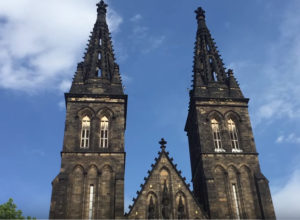
The Hilltop Fortress: Vyšehrad
The Vyšehrad fortress, above the Vltava River has the aura of a magical fairy-tale land. The subject of many myths and legends; the Fortress is known to be in existence since the 10th century. At one time Vyšehrad was the royal residence of King Vratislav II, and has played an important role in that it was a part of the Royal route usually taken by future kings to be crowned. It was mandatory for future kings to stop here to take blessings from and pay tribute to their predecessors.
Other important things to see in Prague include The Jewish Quarter (Josefov), The Strahov Monastery and Library, The John Lennon Wall, The St. Nicholas Church, The National Museum, The National Theatre and the Dancing House.
One of Europe’s largest cities, for centuries, Prague has the best-preserved, world famous historic centres in all of Europe. Formerly the capital of the Holy Roman Empire Prague, still continues to hold its place as a cultural, political and commercial centre of Europe.
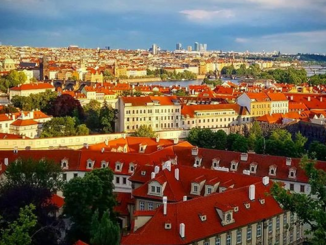
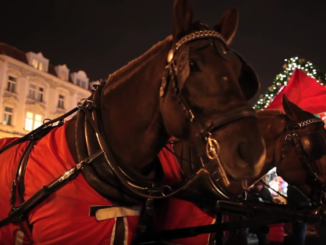
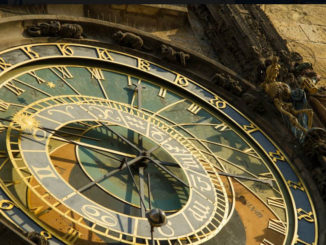
Be the first to comment